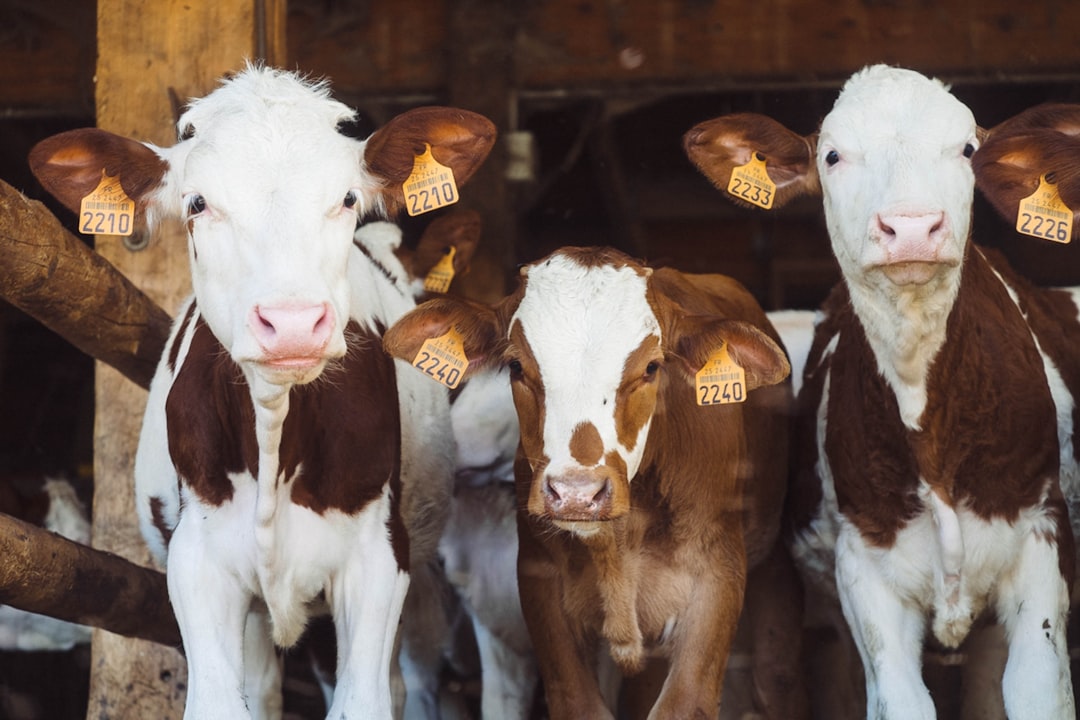The environmental impact of farm animal species varies significantly, influenced by factors such as feed efficiency, land use, water consumption, and greenhouse gas emissions. This post provides a comparative analysis of the environmental footprint of different farm animals, focusing on cattle, pigs, poultry, sheep, and goats.
Environmental Impact Factors
-
Greenhouse Gas Emissions:
-
Cattle: Cattle are significant contributors to greenhouse gas emissions, primarily due to methane from enteric fermentation. Beef production is often cited as having the highest emissions per unit of product.
-
Pigs and Poultry: These monogastric animals produce fewer emissions compared to ruminants like cattle and sheep.
-
-
Land Use and Deforestation:
-
Cattle: Beef production requires large areas of land for grazing and feed crop cultivation, contributing to deforestation and habitat loss.
-
Sheep and Goats: While they require less land than cattle, their grazing can lead to soil erosion and degradation if not managed properly.
-
-
Water Consumption:
-
Cattle: Beef and dairy cattle are among the largest water users in livestock production, with significant amounts needed for feed crop irrigation and drinking water.
-
Pigs and Poultry: These animals require less water compared to cattle, but their feed production still contributes to water usage.
-
-
Pollution and Waste Management:
-
All Livestock: Manure from concentrated animal feeding operations (CAFOs) can lead to water pollution if not properly managed. Poultry and pig farms are particularly noted for their contribution to nutrient pollution in waterways.
-
Comparative Analysis
Species Greenhouse Gas Emissions Land Use Water Consumption Pollution Potential Cattle High High High High Pigs Medium Medium Medium Medium Poultry Low Low Low Medium Sheep Medium Medium Medium Medium Goats Medium Medium Medium MediumConclusion
The environmental footprint of farm animals varies significantly across species, with cattle generally having the largest impact due to their high greenhouse gas emissions and land use requirements. However, all livestock contribute to environmental challenges, including water consumption and pollution. By understanding these impacts, farmers and consumers can make informed decisions to reduce the environmental footprint of animal agriculture through sustainable practices and dietary choices. As global demand for animal products continues to grow, managing these environmental impacts will be crucial for maintaining ecological balance and ensuring sustainable food systems.
Citations:
- https://www.thebeefsite.com/articles/4074/what-farm-animal-is-the-most-environmentally-damaging
- https://consensus.app/questions/water-footprint-livestock/
- https://www.aspca.org/protecting-farm-animals/factory-farming-environment
- https://coolfarm.org/how-much-water-is-used-for-farming/
- https://ourworldindata.org/what-are-the-trade-offs-between-animal-welfare-and-the-environmental-impact-of-meat
- https://pure.iiasa.ac.at/19513/1/agriculture-13-01291-v2.pdf
- https://en.wikipedia.org/wiki/Environmental_impacts_of_animal_agriculture
- https://agupubs.onlinelibrary.wiley.com/doi/full/10.1029/2019WR026995

Comments
No comments yet. Be the first to comment!
You must be logged in to comment. Login